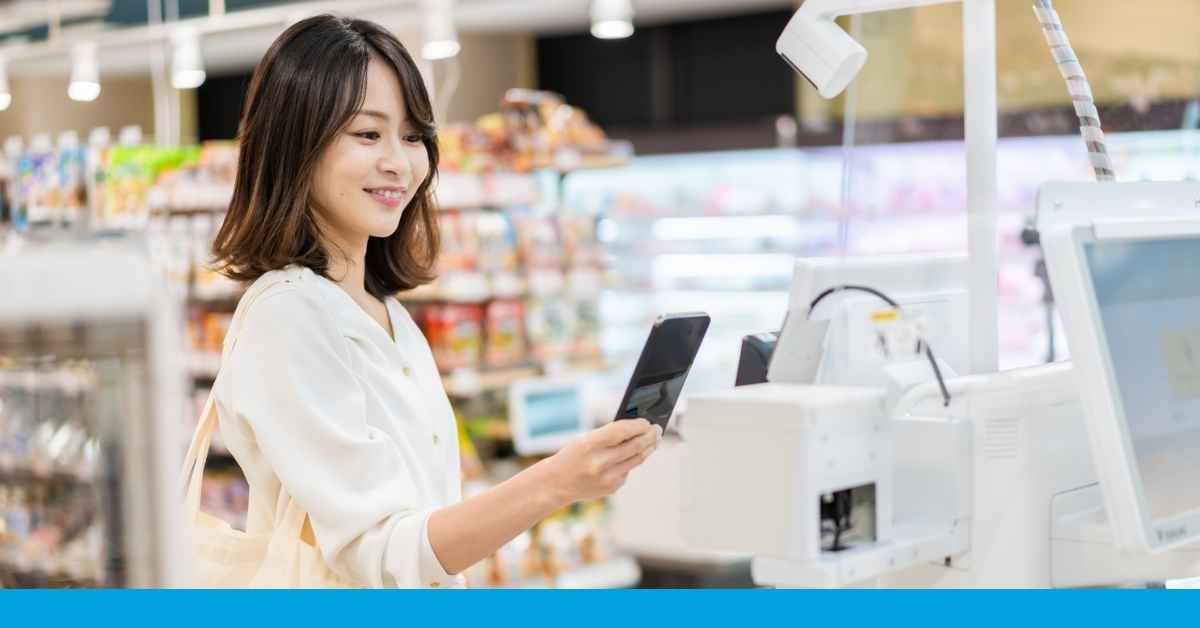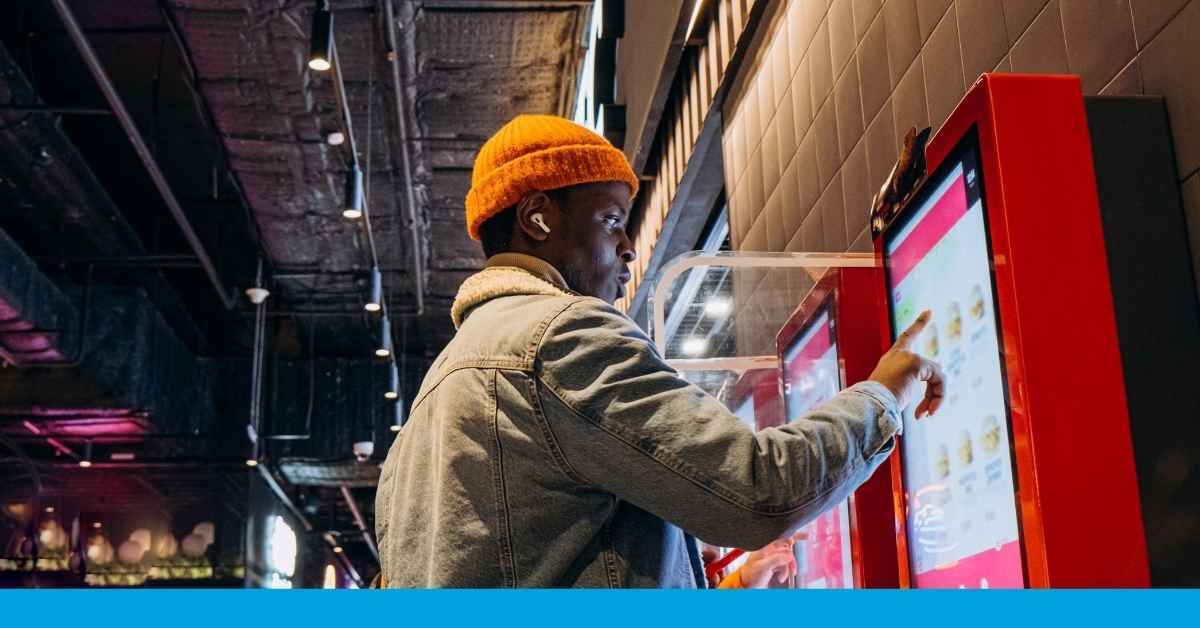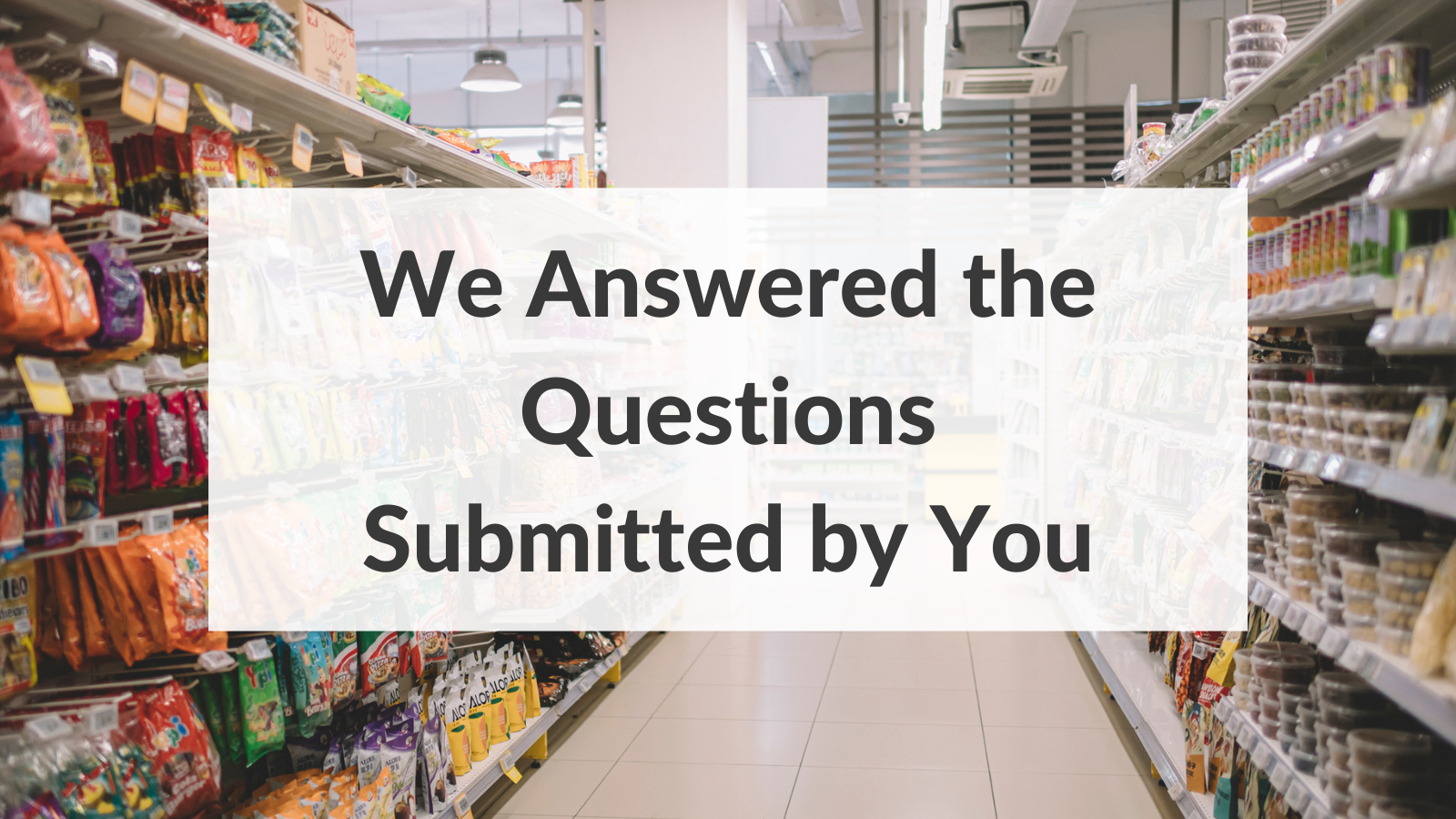How Mystery Shopping Can Help QSRs Evaluate Innovations & Promotions
The restaurant industry is evolving at an unprecedented pace. Brands are introducing customer-facing technology, new menu items, limited-time offers,...
5 min read
Sarah Beckett April 19, 2025

A customer swings by your store on the way to work, grabs a breakfast sandwich, taps the screen to pay, and waits. Nothing happens. Another’s mobile order isn’t ready when they arrive. A driver at the pump fumbles with the loyalty app, unsure if it even worked. These moments may seem small, but in a convenience store, every second counts.
In a space built on speed and simplicity, even minor hiccups can create major friction. And when convenience store technologies meant to streamline the experience end up creating confusion, they can do more harm than good.
Maybe your new checkout kiosk was supposed to reduce wait times, but customers still line up at the counter. Or your loyalty app is packed with features, but no one seems to use it. That’s not a tech problem. It’s an execution problem.
Execution is where convenience store mystery shopping shines. This blog explores three of the biggest c-store technology trends and how mystery shopping helps validate their real-world performance, so you know exactly what’s working and what’s not.
Don’t want to miss any detail? Gain Insights into the Future of Convenience Stores through our Blog on the Convenience Store Trends Report.
You’re in the middle of a lunch rush. Customers are lining up. One machine’s out of service, another needs a reboot, and someone gives up and leaves. It’s not the tech. It’s the rollout.
Frictionless checkout and automated food systems are supposed to make the in-and-out visit faster than ever. But for that to happen, they must be intuitive, and not just functional. Self-checkout kiosks should guide the customer like a pro cashier would, without the awkward taps and confused glances. And AI-powered “just walk out” systems? Impressive, but only if shoppers trust that what lands on their receipt matches what landed in their bag.
Then there’s food. Touchscreen ordering and robotic dispensers are turning c-stores into mini quick-service restaurants. They let customers control every step of their order. No awkward misheard toppings, no need to explain how crispy they want the hash browns. But when machines miss the mark on speed or quality, that sense of control turns into doubt.
According to our latest Convenience Store Trends Report, 58% of consumers now prefer self-checkout over traditional cashier service. And a recent industry survey found that 34% of convenience and fuel retailers already have mature self-checkout programs, with another 37% actively piloting or expanding them. It’s a clear direction, but only valuable if the tech consistently performs under pressure.
Who’s Implementing It?
| Circle K | Deploying 10,000 AI-powered checkout systems across 7,000 stores.1 |
| 7-Eleven | Expanding cashier-less checkout and app-first ordering.2 |
| Wawa | Customizable touchscreen ordering systems for food and drinks.3 |
| Sheetz | Self-serve espresso bars and hot food kiosks.4 |
How Mystery Shopping Can Help Evaluate this C-Store Technology:
| Ease of Use & Autonomy |
Can customers use self-checkout and food kiosks without staff assistance? |
| Product Quality & Consistency | Is food and beverage quality consistent (temperature, portion, freshness)? |
| Peak Hour Speeds | How long does it take to complete an order during peak hours? |
| Operational Maintenance | Are machines well-stocked, clean, and operational throughout the day? |
From our work with Parkland Corporation: We really use the mystery shop program to gain insights on how our customers are treated, and what the customer service levels being executed are at our sites. It was a great decision to go with Intouch Insight years ago, and I'm very happy that we've continued to grow with them over these years.
- Andrew Balchin, Program Manager at Parkland Corporation.
It starts with a tap. A quick order on the app, a promise that the coffee will be ready when they arrive, maybe a loyalty reward loaded and waiting. Mobile tech has put the convenience part of c-stores exactly where it belongs: right in the customer’s hands.
But when digital convenience doesn’t translate to everyday efficiency, the whole system loses its shine. If mobile orders aren’t ready, if loyalty points don’t apply, if mobile pay stumbles at the pump, it becomes a broken promise.
The best mobile platforms tie it all together: order ahead, earn rewards, skip the wait. Behind the scenes, these systems track behaviors, personalize offers, and make every return visit feel like a smarter one. Done well, they make customers feel recognized. Done poorly, they make them feel invisible.
Nearly two-thirds of c-store shoppers now belong to at least one loyalty program, and the expectation isn’t just speed—it’s relevance. If the app knows what they want and makes it easier to get, they’ll come back. If it feels like starting over every time, they won’t.
Who’s Implementing It?
| Casey's | Over 7.7 million loyalty members with personalized in-app offers.5 |
| 7-Eleven | 7NOW and 7Rewards drive repeat visits and larger baskets.6 |
| BP & Shell | Offering real-time rewards and mobile pay-at-pump integration.7 |
How Mystery Shopping Can Help Evaluate this C-Store Technology:
| Onboarding Experience | Is the app experience smooth and reliable for new users? |
| Order Fulfillment Accuracy | Are mobile orders prepared on time and ready at pickup? |
| Loyalty Program Support | Do employees acknowledge or assist loyalty app users? |
| Digital Payment Functionality | Does mobile pay work at the pump and in-store without issues? |
Not sure where to start with a mystery shopping program? Here are the types of mystery shopping that may pique your interest.
Most customers don’t expect much when they pull into a gas station. Five minutes, a swipe, and they’re gone. But EV charging flips the timeline…and the opportunity. A 20-minute stop isn’t a delay. It’s dwell time. And that opens the door to bigger baskets and deeper brand interaction if the charging experience is actually worth staying for. Fast-charging stations should feel effortless: no digging for cords, no fumbling through unclear app instructions, no walking into a store just to ask if it’s working.
As EV adoption grows, convenience stores are stepping up as essential charging hubs. They're attracting a new segment of eco-conscious consumers, especially younger shoppers who value both sustainability and convenience. In fact, 34% of 18–44-year-olds say they prefer retail locations that offer EV charging stations.
More c-stores are turning EV charging into a revenue engine by linking it with app features, real-time promotions, and loyalty perks. Imagine this: a customer plugs in, gets a push notification with a hot sandwich offer, and grabs it while they wait. That kind of connection turns a utility into a branded moment, and a charging stall into a sales driver.
But here’s the catch: it only works if customers trust the experience. Poor signage, unclear instructions, or having to walk into the store just to ask if it’s working can ruin it before it begins.
Who’s Implementing It?
| Walmart U.S. | Building out 7Charge with 500+ chargers at 250+ locations.8 |
| Pilot/Flying J | Partnering to install 2,000 chargers across 500 locations. Already reached 130 locations in 25 states.9 |
| Circle K | Rapidly expanding EV infrastructure across North America.10 |
How Mystery Shopping Can Help Evaluate this C-Store Technology:
| Charger Accessibility |
Are chargers easy to locate and start using on the first try? |
| Payment Clarity & Usability | Is the payment process clear, whether via app or terminal? |
| Station Reliability | Are the charging stations all operational? |
| Charging Environment | Is the charging area clean, well-lit, and comfortable? |
Your customers are already tapping kiosks, ordering ahead on apps, and charging their vehicles while they shop. And whether you realize it or not, they’re constantly comparing that experience to the one they had across the street. What sets you apart isn’t the tech itself. It’s how well it works for them.
Enter mystery shopping. If you're launching new c-store technologies or scaling existing ones, don’t rely on assumptions. See the experience through your customer’s eyes, before they decide to go somewhere else.
Ready to find out if your tech is delivering what it promises?

The restaurant industry is evolving at an unprecedented pace. Brands are introducing customer-facing technology, new menu items, limited-time offers,...

You’ve probably noticed it: shopping doesn’t look like it used to. As customer expectations evolve, stores are getting smarter, checkout lines are...

It's a great time to be in the convenience industry. The changes in consumer habits that we’ve tracked over the past two years show people are making...